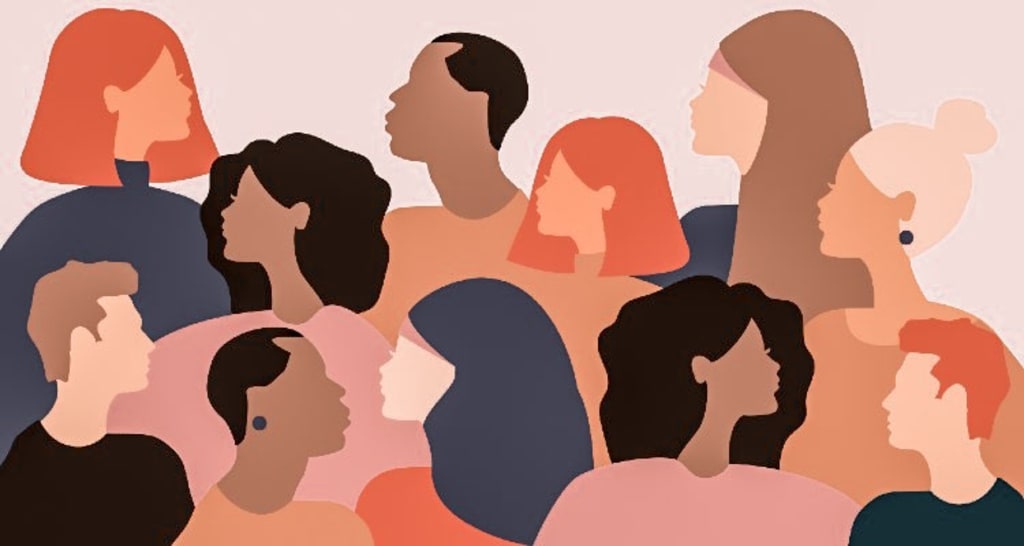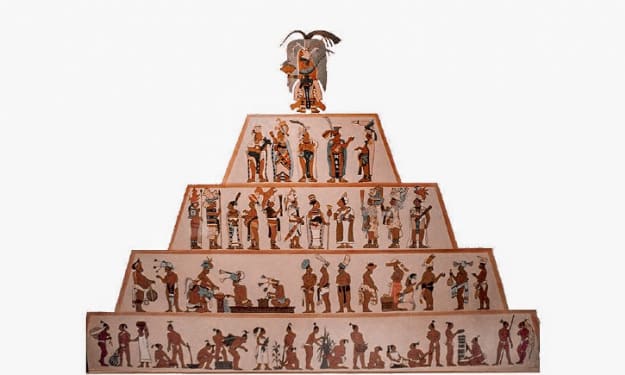Exploring Gender Stratification
Unveiling Layers of Social Dynamics

In the realm of human society, gender stratification stands as a complex and multifaceted phenomenon, deeply interwoven into the fabric of culture, history, and individual identities. From the earliest civilizations to the modern era, the allocation of power, resources, and opportunities has often been structured along gender lines, shaping the lives of individuals and the dynamics of communities. In this exploration, we delve into the intricacies of gender stratification, unraveling its layers and examining its impact on human interactions and societal structures.
Gender stratification refers to the unequal distribution of wealth, power, and privilege between men and women, perpetuated through social norms, institutions, and behaviors. Rooted in historical precedents and reinforced by contemporary practices, it manifests in various forms across different cultures and contexts. At its core, gender stratification reflects the systematic advantages afforded to men while simultaneously disadvantaging women, creating hierarchical arrangements that govern access to resources and opportunities.
Central to the concept of gender stratification is the notion of patriarchy, a system of social organization characterized by male dominance and the relegation of women to subordinate roles. Patriarchal societies uphold traditional gender norms, prescribing distinct expectations and behaviors for men and women. These norms not only dictate the division of labor and familial responsibilities but also influence access to education, employment, and political participation. As a result, women often find themselves marginalized and disenfranchised, facing barriers to advancement and empowerment.
The intersectionality of gender stratification further complicates its dynamics, as other dimensions of identity, such as race, class, and sexuality, intersect to shape individuals' experiences of privilege and oppression. For example, women of color may face compounded forms of discrimination, as they navigate the intersecting systems of racism and sexism. Similarly, LGBTQ+ individuals may encounter unique challenges stemming from societal norms that privilege heteronormative identities and relationships.
In addition to its impact on individuals, gender stratification has profound implications for the broader structure of society, influencing patterns of social mobility, economic development, and political governance. Studies have shown that societies with higher levels of gender equality tend to exhibit greater levels of economic prosperity and social cohesion, benefiting from the full participation and contributions of all members. Conversely, entrenched gender inequalities can hinder progress and perpetuate cycles of poverty and exclusion.
Addressing gender stratification requires a multifaceted approach that acknowledges its complexity and addresses its root causes. This entails challenging traditional gender norms and dismantling institutional barriers that perpetuate inequality. Educational initiatives aimed at promoting gender awareness and empowerment are crucial, as are policies that promote equal access to resources and opportunities. Furthermore, fostering inclusive and equitable spaces where individuals of all genders can thrive is essential for creating a more just and sustainable society.
In conclusion, gender stratification remains a pervasive and enduring feature of human society, shaping our interactions, institutions, and identities in profound ways. By recognizing its complexities and working towards greater inclusivity and equality, we can strive towards a future where all individuals are afforded the dignity, respect, and opportunities they deserve, regardless of gender or any other characteristic. Only through collective effort and commitment can we hope to build a more equitable and just world for generations to come.
This article delves into the intricate dynamics of gender stratification, shedding light on its pervasive influence on human interactions and societal structures. From its historical roots to its contemporary manifestations, gender stratification perpetuates inequalities and stifles the full potential of individuals and communities. By understanding its complexities and working towards greater inclusivity and equality, we can strive towards a future where all individuals are empowered to thrive, regardless of gender or any other characteristic.
About the Creator
Mohamed Ali
Mohamed Ali is a passionate writer and researcher with a keen interest in exploring the complexities of human behavior and society through the lens of sociology. With a background in sociology and psychology.






Comments
There are no comments for this story
Be the first to respond and start the conversation.